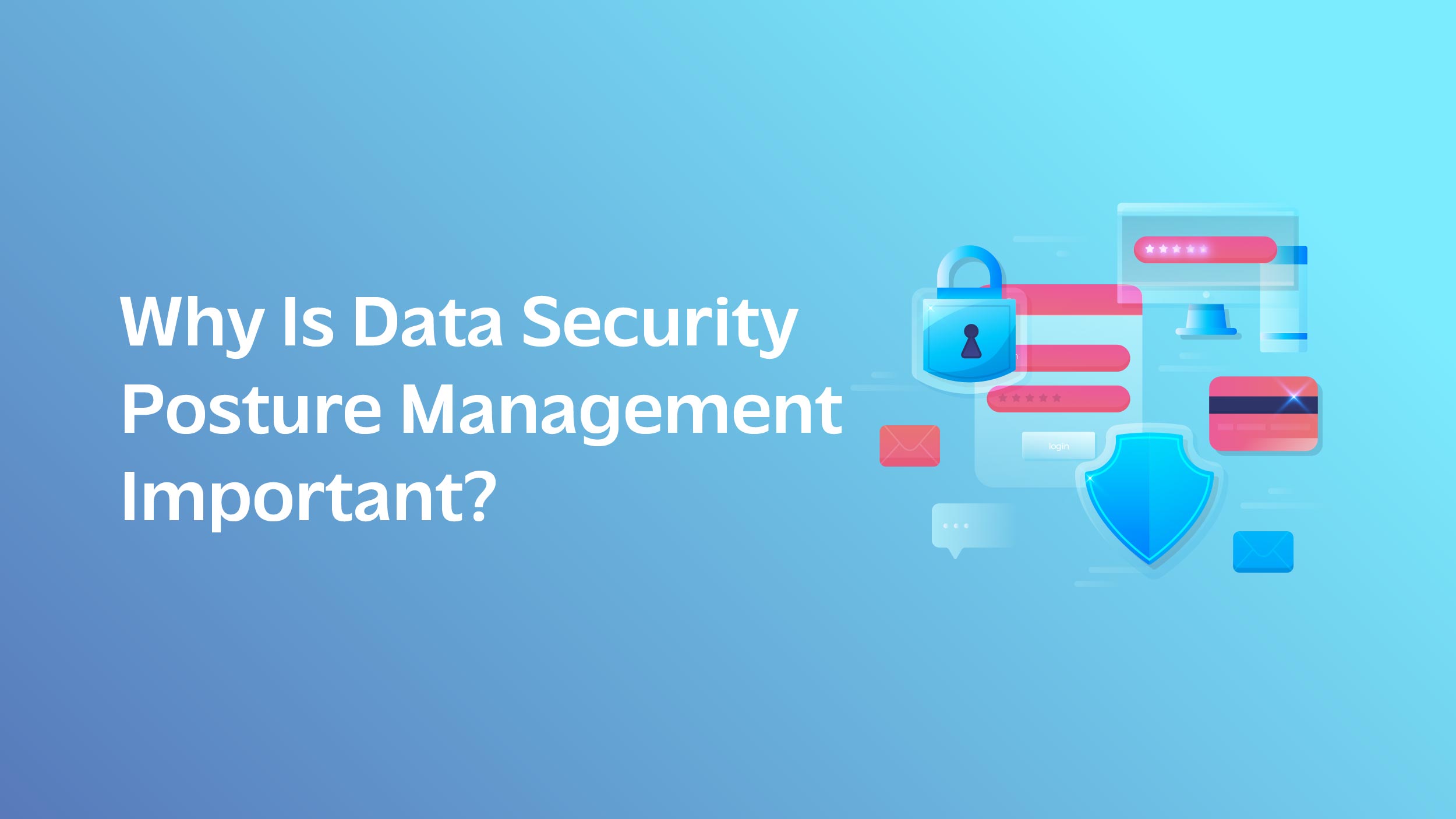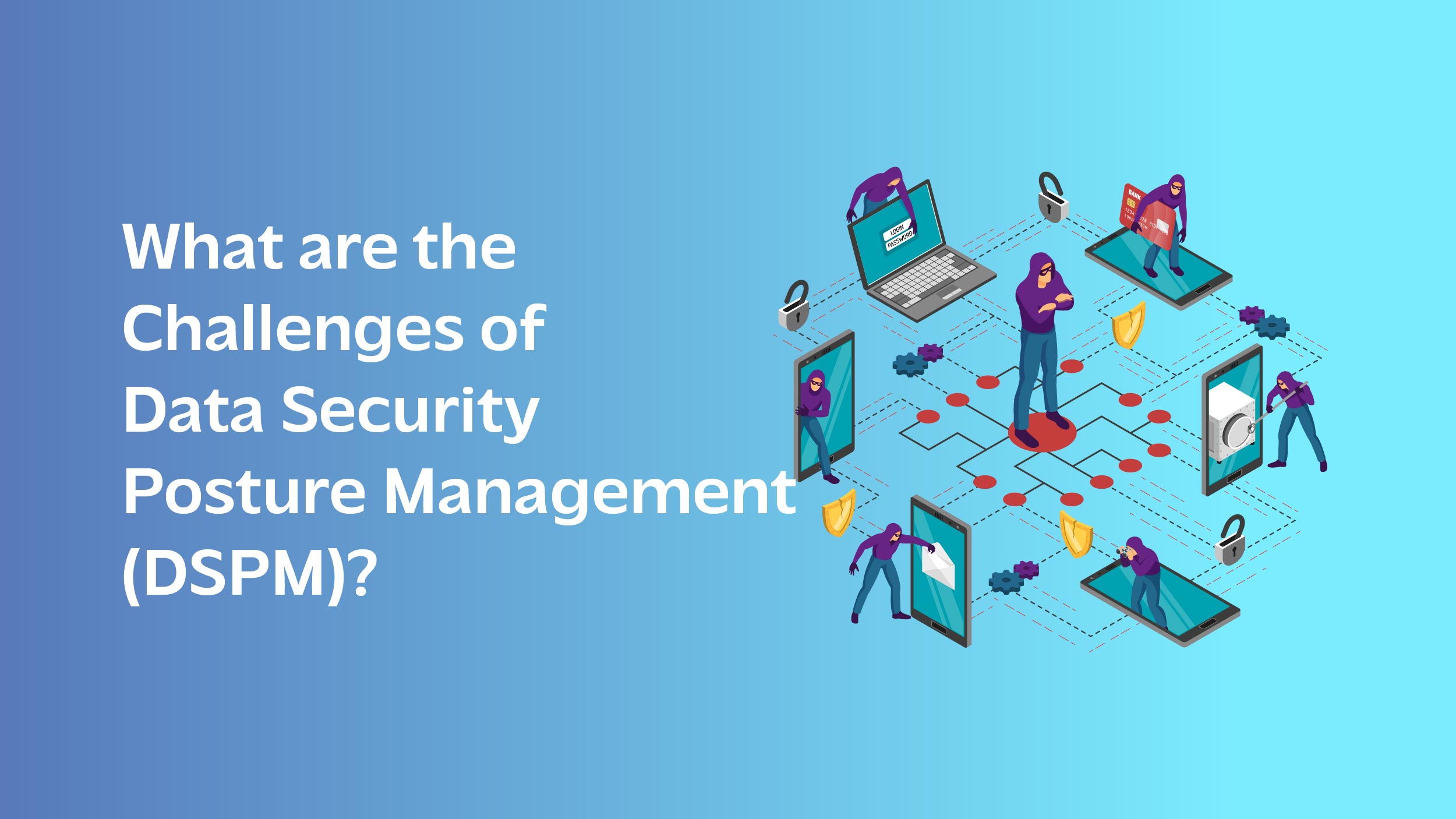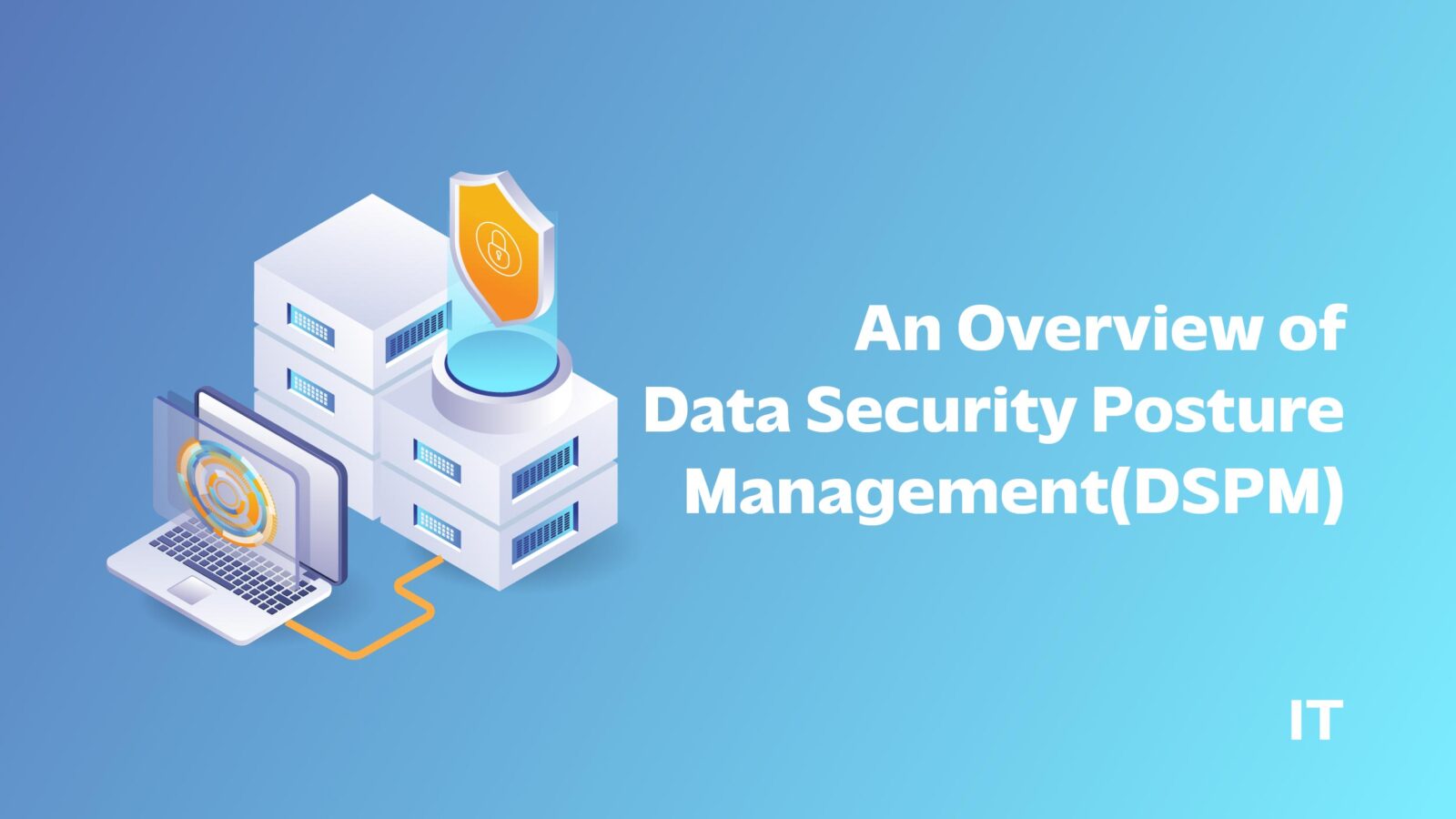About 6.41 million data were leaked in global data breaches. This horrendous figure points to the importance of data security posture management (DSPM). If you’re running a company of any size, securing information or crucial data is of utmost importance.
Especially in today’s world where everything is online. The number of cyberattacks is increasingly becoming threatening (5,136,000,000 known records). Let’s see how DSPM works, its use cases, and more.
What is Data Security Posture Management (DSPM)?
Data security posture management (DSPM) is a cybersecurity system that evaluates sensitive data’s risk of non-compliance with regulations and vulnerability to security threats across various cloud environments and services.
Security teams can swiftly handle data, information security, and compliance concerns and prevent them from reoccurring using the information and automation that DSPM offers.
How does DSPM Work?
First, there’s data discovery and classification. DSPM solutions help you find and categorize sensitive data within your organization. This means figuring out where the data is, understanding its importance, and labeling it based on how sensitive it is.
Security policies and procedures come next. With DSPM, you develop and implement security policies and procedures to protect your sensitive data. Examples include access controls, encryption practices, and other safeguards that ensure your data is secure.
And then there’s continuous monitoring. DSPM solutions continuously monitor the security of your data. They constantly check for vulnerabilities, potential threats, and unauthorized access to your sensitive data. By monitoring everything, they can detect attempts to steal your data and ensure you comply with all relevant regulations.
You can also use DSPM tools to augment your existing security systems. They can integrate with other technologies you might use, such as identity and access management (IAM) solutions. This means you can automatically authenticate identities and control access to your data. Or, to put it another way, the right people have appropriate access to your sensitive data.
Reporting and auditing are also key components of DSPM solutions. They offer reports and audits that monitor how your data is used, allowing you to prove compliance, pinpoint where you can strengthen your security, and make informed decisions to improve your data protection.
And finally, there’s contextual data security. While Cloud Security Posture Management (CSPM) protects the cloud environment, DSPM focuses on your data. It considers the various ways your data may move around different cloud services and providers. The aim here is to secure your data from the inside out, with appropriate encryption, access controls, monitoring, and more.
Why Is Data Security Posture Management Important?
Organizations must understand where their data is stored, who may access it, and how to use it because the average cost of a data breach is rising globally. There are various ways in which organizations can fulfill their requirements by implementing DSPM solutions. One of the primary advantages of DSPM is the visibility it offers to sensitive data. Second, to avoid compliance issues and reduce any adverse legal implications or financial impact on business enterprises, they must ensure that they have robust data security measures in place.
It also provides a competitive advantage by ensuring the identity security of its customers’s data. Moreover, DSPM helps enterprises manage complex IT systems, conduct continuous risk assessments, and integrate with existing security infrastructure. By implementing DSPM, organizations can continuously monitor the security of their data, reduce risks, and ensure the availability, confidentiality, and integrity of sensitive data.
Also Read: Cloud Computing Security: A “Cloud” Full of Possibilities and Risks
DSPM Use Cases
- Data Location: DSPM solutions allow organizations to locate and maintain visibility and tracking of all their data systems so they can understand their full data inventory and the risks associated with it.
- Compliance: DSPM ensures that organizations adhere to security compliance standards and regulations such as GDPR, CCPA, and PCI-DSS by aiding them in establishing policies and controls to meet those compliance requirements.
- Risk Identification: DSPM solutions are capable of identifying potential risks and vulnerabilities that exist within an organization’s data landscape. It allows them to prioritize and categorize those risks and focus first on the critical ones.
- Incident Response: DSPM solutions can actively support and enhance incident response strategies so security teams can quickly and effectively respond when a security breach or data compromise incident happens, minimizing the associated impact and enabling faster closure.
- Keeping Data Safe: DSPM uses access intelligence and governance to provide insights into secure data access policies. It helps organizations keep an eye on who has access to their data and manage it properly.
What are the Challenges of Data Security Posture Management (DSPM)?
- Complex Environments: An organization’s IT environment is usually complex and may comprise on-premises, cloud, or hybrid infrastructure. Data security management across such diverse environments can be cumbersome and difficult to manage. Solutions should seamlessly integrate and provide uniform protection across environments.
- Data Volume and Variety: The volume and variety of data in the infrastructure are growing exponentially. Sensitive data can be dispersed across various locations and in different formats. Therefore, identifying and understanding the data in such large-scale environments can be a daunting task. DSPM solutions should be able to process huge amounts of data and provide adequate visibility and control. The visibility of data should span across various locations, storage, and file types. Monitoring and tracking of sensitive data should be able to detect unusual patterns and abnormal behavior.
- Data Discovery and Classification: Data discovery and classification across the organization’s environment can be daunting and complex. Different categories of data need differently tailored security controls, and enforcing the same without data security and visibility gaps can pose challenges.
- Continuous Monitoring: Continuous monitoring to know the data security posture at any point in time is essential but can be intensive, involving heavy manpower. Organizations need to establish effective processes to detect vulnerabilities, potential threats, and unauthorized activities in real-time.
- Integration with Existing Infrastructure: Different organizations have varying security infrastructure in place, such as identity and access management (IAM) tools and security information and event management (SIEM) systems. Integrating and establishing effective processes for seamless and automated enforcement of security controls poses a challenge for DSPM.
Winding Up
Modern data security strategies must include data security posture management (DSPM) as a fundamental component. DSPM assures regulatory compliance and prevents data breaches by empowering enterprises to find, categorize, and secure sensitive data. It also offers thorough insights into an organization’s data security posture through strong reporting capabilities.
































